#spiders of science
Photo

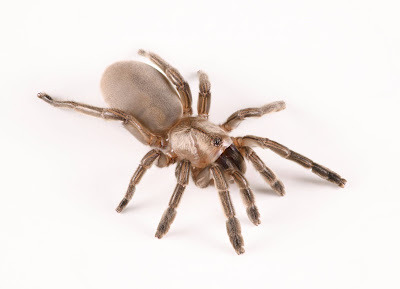
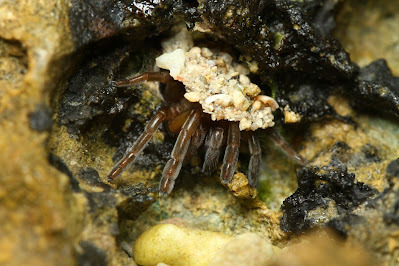
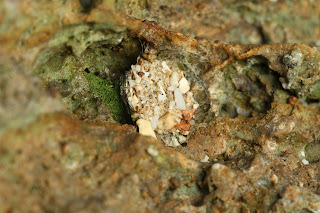
Idioctis parilarilao: A new species of Intertidal Trapdoor Spider from Taiwan
One of only a few species of spiders known to live in marine intertidal zones
Info and images via: Yu et al, Journal of Arachnology on 6 October 2023
#great news everyone#new spider dropped#bugs#arachnids#spider#trapdoor spider#intertidal trapdoor spider#science#nature#news#Idioctis parilarilao#one nice bug
7K notes
·
View notes
Text
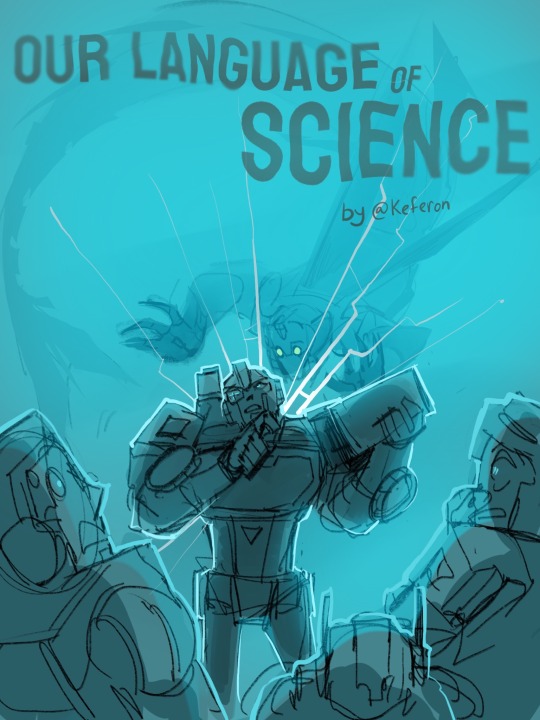




Ah mmmm well
You know how in mermaid stories, the mermaid is typically the dumber one? I present to you the "and they were both scientists" plot.
Basically the concept is that mermechs and regular mechs can't talk to each other. But luckily even if they speak different languages they still use the same math~
I discovered a bunch of simpatico mer-fics. So. I wanted to do something with this concept too haha. If some physicist happens to read this - feel free to laugh at me. I know nothing about science👍
I don’t know if I’ll continue this thing. Should I. Idk. It’s midnight I might be going crazy lol. I made that cover anyway bc I love making covers hehe
[Next]->
#transformers#maccadam#our language of science#listen#Im not insane I swear#I mean I’m not THAT insane haha#mermaid mechs are fucking weird but l i s t e n Arachnid from tfp is basically the same#she’s like…half humanoid half spider#she has this mode without her humanoid legs#which is basically makes her..like…centaur. But spider. Spider centaur. Or spider mermaid#half of her body is humanoid and half is spider. And I’m going to use this knowledge for my defence okay??#Because if she can have her spider half then other mechs can do the similar thing. In theory#okay I’m done proving the right of my vision to live#mtmte#lost light#perceptor#tf perceptor#brainstorm#tf brainstorm#simpatico#Chromedome#tf chromedome#yeah the whole world thinks mermaids are stupid but listen#I want smart mermaids okay. I want them to have their whole hidden civilisation. To be scientists#engineers#you know#I’m tired of (oh human need to teach this fish) I want the fish to be teaching the human#Btw Brainstorm basically found a mistake Perceptor made#ahahahehe#okay I’m done I need to get some sleep
2K notes
·
View notes
Text
Very Normal Ant says hi and why are you looking at me, a Very Normal Ant

#nature#animals#photography#bugblr#science#invertebrates#spiders#emotionalsupportspood#salticidae#mimicry#An't
2K notes
·
View notes
Note
Regret to inform you lotion spider post is probably fake, in the notes there are People pointing out the same reviewer has been periodically posting the exact same review over and over
I am devastated, nobody talk to me unless you can make spider lotion real
Spiders if you’re reading this you have a huge opportunity to commit to the bit here
#were the chemicals cited real#did op target this for some reason#or is everything real except for the part where it doesn’t actually attract spiders#now I need to investigate#spiders#insects#spider lotion saga#science fun
2K notes
·
View notes
Text
With the fast fashion industry… how it is… finding sustainable ways to make fabric is super important. Fibers from synthetic fabrics make up 35% of the microplastics that make their way to the ocean. Natural fibers sourced from plants or animals are much more environmentally sound options, including silk.
Currently, the only way to get natural silk on a large scale is to harvest it from silkworms. You’ve probably heard about the strength and durability of spider silk (it is 6x stronger than Kevlar!) but as of yet there hasn’t been a good way of getting it. Raising spiders the way people do silkworms isn’t really an option. Spiders need a lot of room to build their webs compared to silkworms, and individual spiders don’t produce that much silk. Plus, when you put a whole bunch of spiders in captivity together, they tend to start eating each other.
Attempts to artificially recreate spider silk have also been less than successful. Spider silk has a surface layer of glycoproteins and lipids on it that works as a sort of anti-aging “skin”- allowing the silk to withstand conditions such as sunlight and humidity. But this layer has been very tricky to reproduce.
However, as scientists in China realized, silkworms produce that same kind of layer on their silk. So what if we just genetically modified silkworms to produce spider silk?
That is exactly what the researchers at Donghua University in Shanghai did. A team of researchers introduced spider silk protein genes to silkworms using CRISPR-Cas9 gene editing and microinjections in silkworm eggs. In addition to this, they altered the spider silk proteins so that they would interact properly with the other proteins in silkworm glands. And it worked! This is the first study ever to produce full length spider silk proteins from silkworms.
The applications of this are incredibly exciting. In addition to producing comfortable textiles and new, innovative bulletproof vests, silkworm generated spider silk could be used in cutting edge smart materials or even just to create better performing sutures. In the future, this team intends to research how to modify this new spider silk to be even stronger, and they are confident that “large-scale commercialization is on the horizon."
#science#chemistry#biology#sustainability#fashion#bugs#spiders#silkworms#nature#biochemistry#stemblr#genetics
4K notes
·
View notes
Text

Fanart for Adrian Tchaikovsky's Children of Ruin 'verse.
#my art#alex ries#children of ruin#children of time#spider#jumping spider#scifi#fan art#science fiction
3K notes
·
View notes
Text
🕷️Meet Joe Arguelles, a comparative biology Ph.D. student in the Museum’s Richard Gilder Graduate School. His research focuses on understanding the molecular drivers of the incredible mechanical properties of spider silks.
🕸️He also studies the evolution of “prey capture systems” (silk, venom, and vision) in active hunting spiders, and how these genes have changed in response to the loss of web-spinning behavior.
#spiders#silk#spider silk#stem#halloween#research#museums#did you know#fact of the day#amnh#cool facts#arachnids#arachnology#phd#science#nature#natural history
2K notes
·
View notes
Text

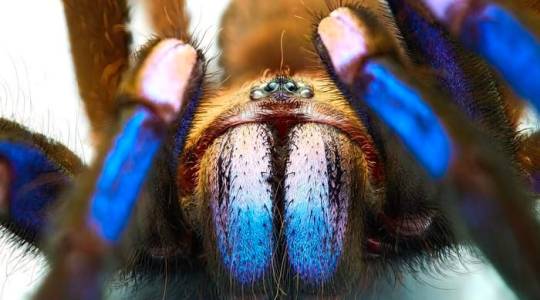
See the New ‘Enchanting’ Electric Blue Tarantula Discovered in Thailand
Blue is one of the rarest colors in nature, but this arachnid achieves the bright hue through special structures in its hair
Researchers have discovered a new species of tarantula with a rare and “enchanting” coloration: Parts of its back, legs and mouthparts are an iridescent, electric blue-violet.
The spider, named Chilobrachys natanicharum, is the only tarantula ever found in a Thai mangrove forest. The team described the arachnid in a paper published last month in the journal ZooKeys.
“During our expedition, we walked in the evening and at night during low tide, managing to collect only two of them,” co-author Narin Chomphuphuang, a researcher at Khon Kaen University in Thailand, says in a statement. “These tarantulas inhabit hollow trees, and the difficulty of catching an electric-blue tarantula lies in the need to climb a tree and lure it out of a complex of hollows amid humid and slippery conditions.”
In addition to its coloration, C. natanicharum stands out among tarantulas because of its ability to live in both arboreal and terrestrial burrows in evergreen forests. The new research discovered the electric blue creatures live in mangroves, too, where they mostly stick to tree hollows because of the tides, per the statement...
Read more: https://www.smithsonianmag.com/smart-news/see-the-new-enchanting-electric-blue-tarantula-discovered-in-thailand-180983022
photograph by Narin Chomphuphuang
1K notes
·
View notes
Text
How Pavitr manages to have too much rizz and absolutely no rizz at all simultaneously is completely astounding


Call that Schrödinger’s Rizz
#spiderverse#spiderverse spoilers#atsv#atsv spoilers#smatsv#smatsv spoilers#across the spiderverse#across the spiderverse spoilers#across the spider verse#across the spider verse spoilers#pavitr prabhakar#spider man india#gayatri singh#pavitr x gayatri#how does he do it???#science may never know
2K notes
·
View notes
Text
DID I TELL YOU I WROTE A BOOK ABOUT BUGS???
Author copies came today and it is so beautiful!!!





919 notes
·
View notes
Text
The spot saying "hypothesis: I am going to put my head in that hole" is such an underrated line because while that is just not at all a hypothesis, it is pretty much exactly the kind of shit an actual scientist would bs instead of making an actual hypothesis. If fuck around, then find out
#most 'hypotheses' i write are just statements about whatever im fucking around with LMFAO#your 6th grade science class that told you a hypothesis was an 'if then' statement was lying to you. a hypothesis is a declaration of war#source: going into scientific research#across the spider verse#atsv#across the spiderverse#across the spider verse spoilers#spiderman: across the spiderverse#across the spiderverse spoilers#atsv spoilers#atsv spot#atsv the spot#the spot
2K notes
·
View notes
Text
"bug" is one of my favorite words because it not only has zero scientific basis, but even its colloquial meaning is poorly defined. Are bugs insects? No because spiders are bugs. Do bugs crawl? No because worms are bugs. Is a crayfish a bug? who tf knows
It's clear that the only consistent trait of a bug is that it is smol
457 notes
·
View notes
Text



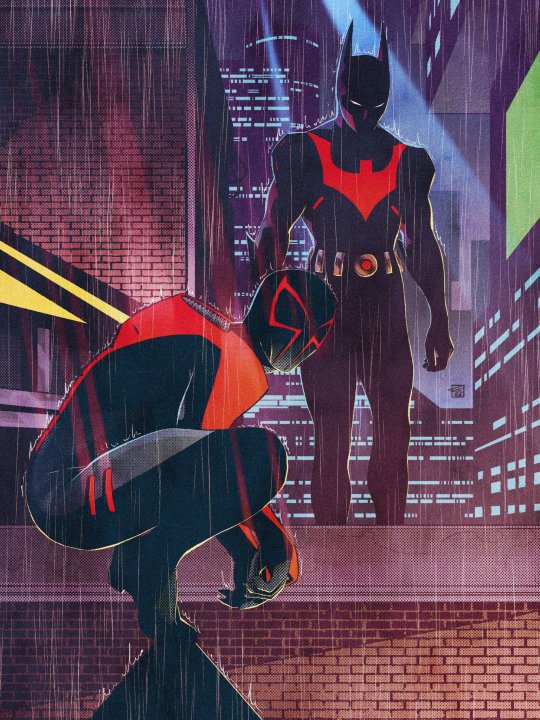


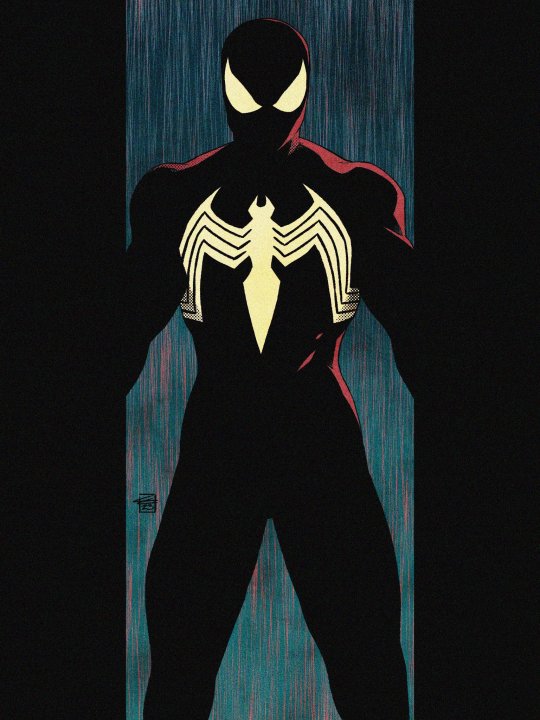



The Comic Art Of Colin Craker
#Colin Cracker#Comics#Scooby-Doo#Hellboy#Zatanna#Batman Beyond#Spider-Man 2099#Weapon X#Wolverine#Darth Vader#Spider-Man#Batman#Catwoman#Jubilee#Art#DC Comics#DC#Marvel Comics#Marvel#Science Fiction#Fantasy#Batman Scooby-Doo Mysteries#The Batman Scooby-Doo Mysteries
589 notes
·
View notes
Text
This man is so small he feels individual photons as a gentle rain 🥹
Neonella camillae are barely over 1mm full-grown. It's absurd and I love them so much
I was looking for them in C. Florida where they range, and found two somehow!
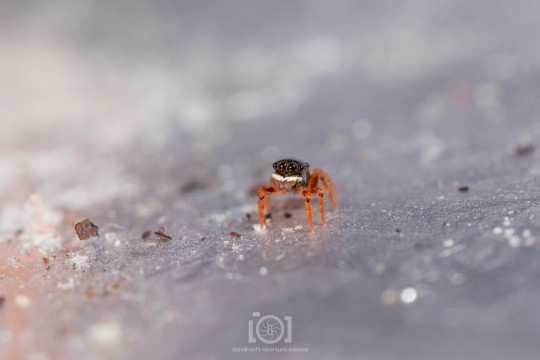




2K notes
·
View notes
Text



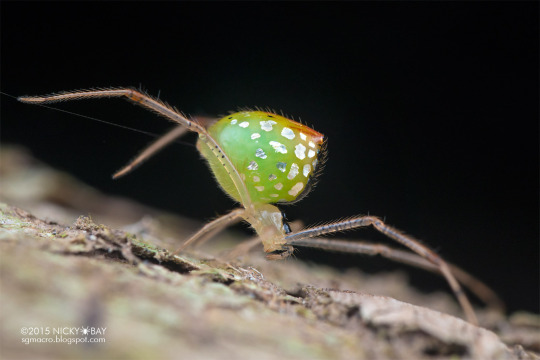
Thwaitesia argentiopunctata known as the sequined spider, mirror spider, or twin-peaked Thwaitesia, is a species of spider found in almost all states of Australia.
It is known to have a reflective abdomen that plays a crucial role in their camouflage to protect them from predators in the forest canopy.
The scales look like solid pieces of mirror glued to the spider's back, but they can actually change size depending on how threatened the spider feels. The reflective scales are composed of reflective guanine, which these and other spiders use to give themselves color.
[A-Z Animals: Sequined Spider]
#original post#fauna#Thwaitesia argentiopunctata#mirror spider#sequined spider#spider#insect#bio#biology#bioscience#bioblr#science#scienceblr#entomology#arachnids#invertebrates#bugs#bugblr#fun facts#nature#infopost
1K notes
·
View notes
Text

6K notes
·
View notes